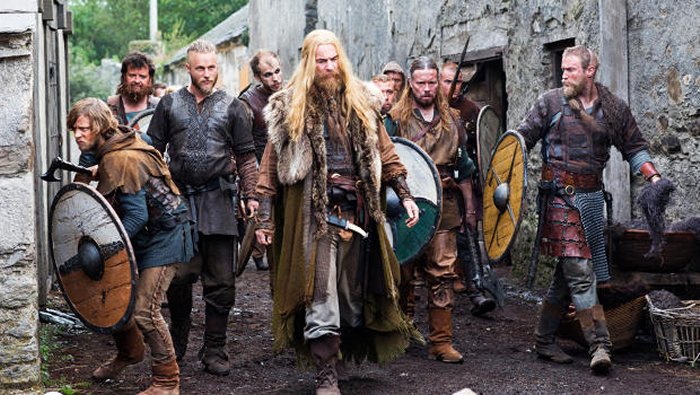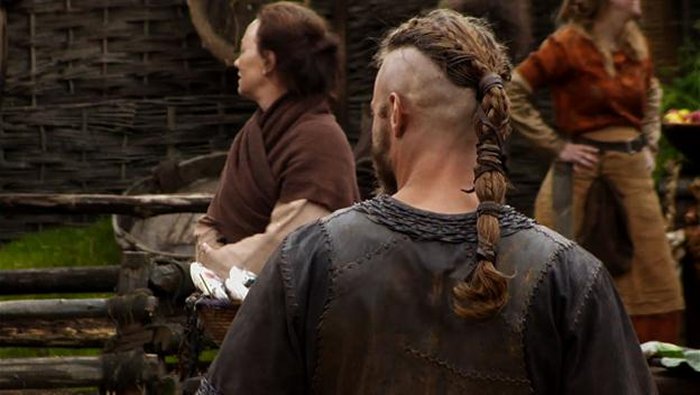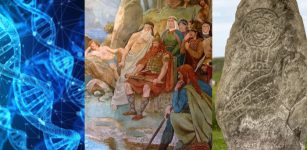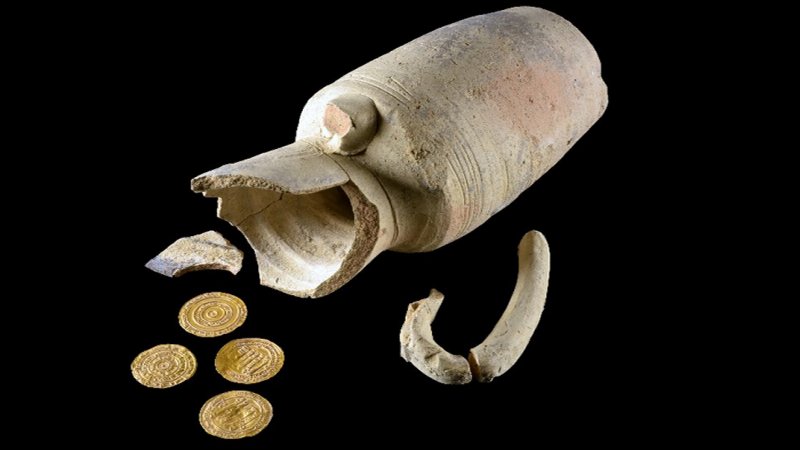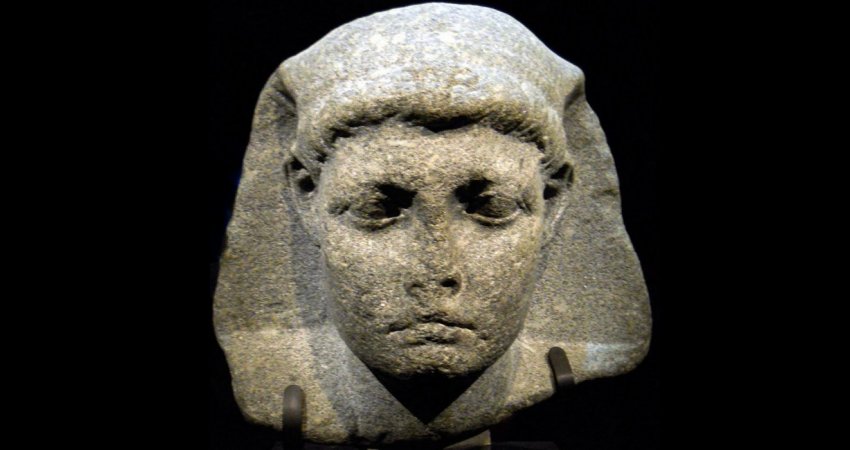10 Great Viking Misconceptions Still Being Perpetuated
MessageToEagle.com – Much has been written about the Vikings and often by people who have little knowledge about Viking history. Another reason why Vikings’ reputation has been badly damaged is because of the surviving monks and priests who wrote stories of the Viking raids and in their descriptions, the Vikings were described as savage beasts, filthy and violent, killers one and all. Some of the stories are true and based on reality, but far from all.
All this put together has resulted in that most people tend to think the Viking were huge men, with blond or red hair, covered with armor, waving double-edged axes and swords and screaming at the tops of their lungs as they rush forward to kill, burn, pillage and loot. This is a very wrong picture and in this top list we put the records straight presenting some of greatest misconceptions about the Vikings.
1. Misconception: The Vikings wore helmets with horns
This is one of the biggest misconceptions about the Vikings ever. Vikings did not wear horned helmets. There is not a single depiction dating back to the Viking age showing a horned helmet Viking and no such helmet has ever been discovered. The reason why this misconception started is because Christians in contemporary Europe added the detail to make the Vikings look even more barbarian and pagan, with horns like Satan’s on their head. Another explanation to the horned Viking helmet myth probably comes from A Victorian staging of Richard Wagner’s operas about Norse mythology.
2. Misconception: All Scandinavians were Vikings
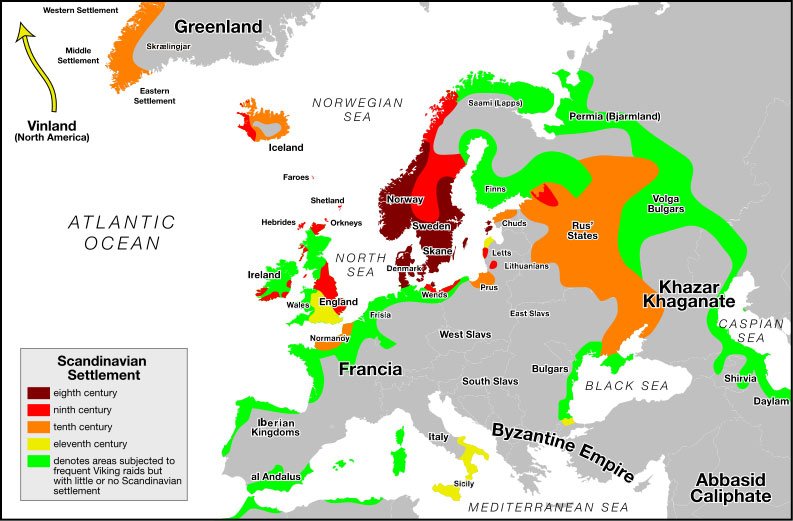
The Vikings did originate from the Scandinavian countries, but only a small portion of the populations of Scandinavia participated in raiding.
Over time Vikings created settlements in many places. They reached, reaching as far as North Africa, Russia, Constantinople, and even North America. It should also be noted that during the Viking Age, present day Denmark, Sweden, and Norway simply consisted of a number of tribes who were constantly at war with one another.
3. Misconception: The Vikings were all dirty and wild-looking people
Vikings were by no means filthy. Archaeologists have found evidence on a regular basis of combs, tweezers, razors and “ear spoons” and other grooming utensils that indicate the Viking people were very keen on maintaining personal hygiene. These same excavations have also revealed that the Vikings made soap. Vikings were some of the cleanest people in all of Europe at the time. They bathed weekly in contrast to other Europeans who bathed once a year.
4. Misconception: Vikings drank from skull cups
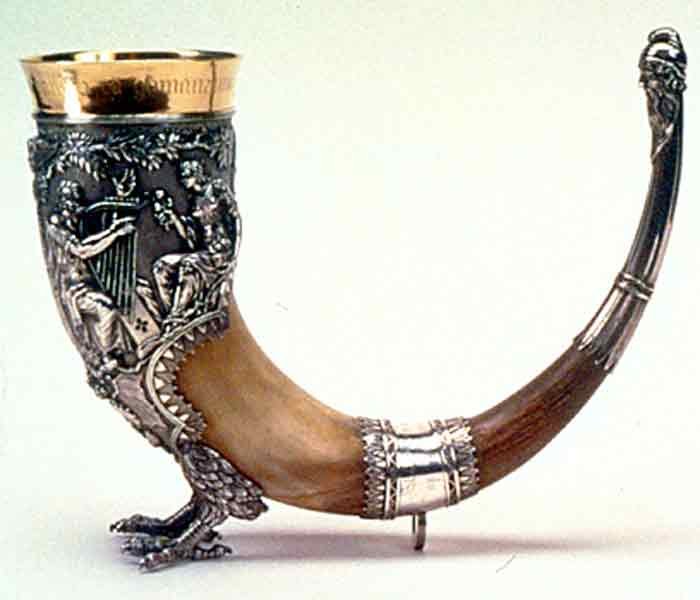
A skull cup is a drinking vessel that is made from a human skull, usually from those individuals whom warriors and enemies killed during a battle. No skull cup belonging to the Vikings has been unearthed. The use of skull cups by the Vikings is believed to be only a myth and non-factual. This belief basically spread because of the mistranslation use of an Icelandic term. The “Runer seu Danica literatura Antiquissima” of Ole Worm mentioned a drinking session of warriors.
5. Misconception: Vikings spent all their time raiding and warring
In spite of their raiding reputation, most Viking men were farmers, craftsmen and traders and not warriors. Those who were warriors and returned back from a raid resumed their normal routine of farming. Many Vikings who sailed to other places, such as Iceland and Greenland, settled peacefully and were international merchants of their time. They peacefully traded with almost every county of the then-known world. By the end of the Viking Age, Viking trade reached from the far north to as far south as Jerusalem.
6. Misconception: Vikings were a unified army
Vikings were never a nation and unified army. Vikings were groups of warriors, explorers and merchants led by a chieftain.
7. Misconception: Vikings were all blond and big
The average Viking man was about 170 cm (5’7”) tall which was not especially tall for the time. They were certainly not all natural blond, but many Vikings bleached their hair.
In Scandinavia today, men are much higher than the average Viking was, however far from all are blond.
8. Misconception: Vikings used crude and primitive weapons
Most people think Vikings used crude and primitive weapons such as clubs and crude axes. This is very wrong. Vikings used expensive and sophisticated swords made of iron and these weapons were highly decorated. According to Viking Sagas, one method of testing these weapons was to place the sword hilt first in a cold stream, and float a hair down to it. If it cut the hair, it was considered a good sword.
Viking men also carried axes or spears, as well as shields for protection.
9. Misconception: Vikings were typically buried in a dolmen
The greatest honor for a Viking was to be buried on board a boat. Great warriors and members of the aristocracy were often set to rest in their longships. Some warriors were cremated inside stone ships, or stones that had been laid on the ground in the shape of ship. Other warriors were burned on the pyre, which was a bundle of sticks that was set on fire.
10. Misconception: Vikings had tresses
See also:
7 Unsolved Ancient Mysteries Archaeologists Hope To Solve This Century
10 Remarkable Similarities Between Ancient Civilizations
10 Incredible And Bizarre Ancient Cases Of Mass Hysteria
As for hairstyle, to proclaim their Viking roots, Norman men shaved the back half of their head entirely, behind a line drawn from over the crown from ear to ear. On the front half of the head, forward of this line, the hair was left to grow long. There is an 11th-century letter in Old English, which mentions “Danish fashion with bared neck and blinded eyes.” So, no, there is no historical evidence of Vikings wearing tresses.
Countless misconceptions of the Vikings exist and continue to be perpetuated today, but at least now you can distinguish some facts from fiction.
© MessageToEagle.com
References:
Kirsten Wolf – Viking Age: Everyday Life During the Extraordinary Era of the Norsemen
Live Science – Viking History: Facts & Myths
Family Ancestry – Viking Skull Cups
History on the Net – Viking Weapons and Armor
The Viking Answer Lady
Robert D. Smith – Medieval Weapons: An Illustrated History of Their Impact (Weapons and Warfare)
Visit Denmark – Vikings – facts and myths
The Funeral Source – Scandinavian Funeral Rites
The Viking Rune





